This report analyzes facility-level PUE data from the Global Data Center Survey 2025, highlighting differences by region, facility size and age. It assesses the vulnerability of the industry to PUE minimum performance standards.
filters
Explore All Topics
Liquid-cooled colocation capacity remains niche, but demand is likely to grow. Colocation providers planning capacity for DLC need to address novel questions about individual tenant needs, operations and SLAs.
Operators looking for low-carbon power may be assessing low-carbon hydrogen for standby or primary power. Except for niche applications, the technology is a long way from practicality.
AWS has recently cut prices on a range of GPU-backed instances. These price reductions make it harder to justify an investment in dedicated AI infrastructure.
Several operators originally established to mine cryptocurrencies are now building hyperscale data centers for AI. How did this change happen?
In 2025, three US states passed legislation to manage data center access to energy and water resources, protect residential electricity rates and mitigate electrical grid instability - which may prompt other states to follow suit.
The 15th edition of the Uptime Institute Global Data Center Survey highlights the experiences and strategies of data center owners and operators in the areas of resiliency, sustainability, efficiency, staffing, cloud and AI. The attached data files…
While AI infrastructure build-out may focus on performance today, over time data center operators will need to address efficiency and sustainability concerns.
Critics argue that data center water use is excessive and poorly managed. Operators should select a cooling system to fit the local climate and available water supply, explaining water use within the context of local conditions.
High-end AI systems receive the bulk of the industry's attention, but organizations looking for the best training infrastructure implementation have choices. Getting it right, however, may take a concerted effort.
Understanding the principles of human behavior and how they relate to community engagement and siting strategies can reduce potential conflict between data centers and local residents
Large data centers can affect grid power quality, inviting community scrutiny. Best practices already protect power quality in facilities and grids, but operators may need to increase monitoring and publicize their efforts.
Operators and investors are planning to spend hundreds of billions of dollars on supersized sites and vast supporting infrastructures. However, increasing constraints and uncertainties will limit the scale of these build outs.
Data centers are being included in national development plans as a source of economic growth. While this will ease operators' access to land and power, it will also lead to more scrutiny from government and regulation.
Supersized generative AI models are placing onerous demands on both IT and facilities infrastructure. The challenge for next-generation AI infrastructure will be power, forcing operators to explore new electrification architectures.
 Jay Dietrich
Jay Dietrich
 Douglas Donnellan
Douglas Donnellan
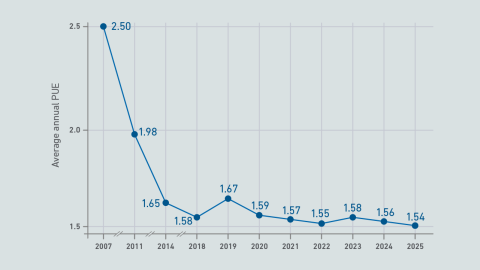
 Jacqueline Davis
Jacqueline Davis

 Peter Judge
Peter Judge
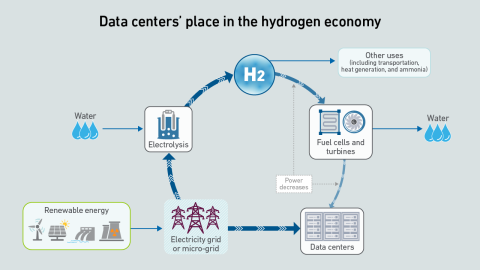
 Dr. Owen Rogers
Dr. Owen Rogers

 Max Smolaks
Max Smolaks


 Paul Carton
Paul Carton
 Anthony Sbarra
Anthony Sbarra
 Laurie Williams
Laurie Williams

 Dr. Tomas Rahkonen
Dr. Tomas Rahkonen
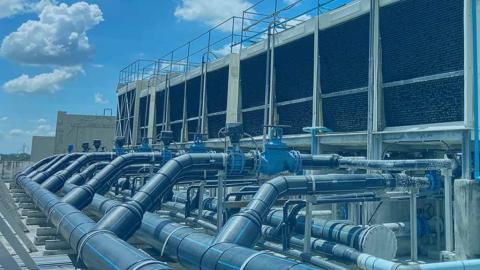
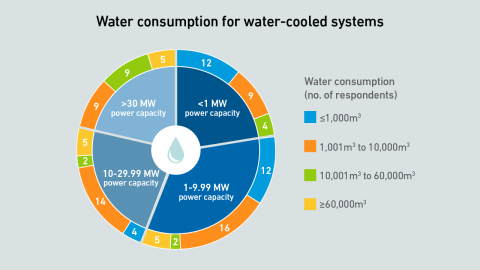
 Daniel Bizo
Daniel Bizo

 Rose Weinschenk
Rose Weinschenk
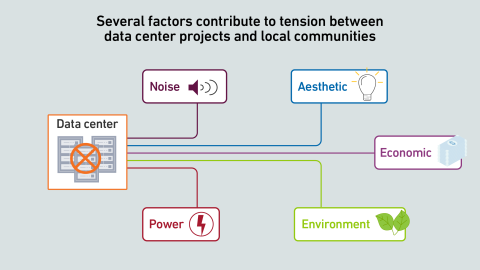

 John O'Brien
John O'Brien


